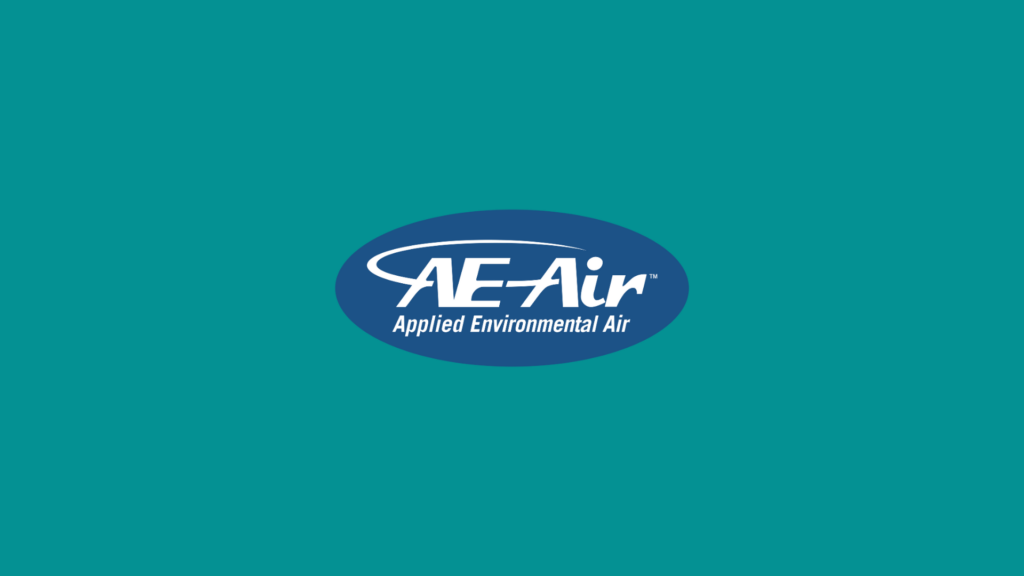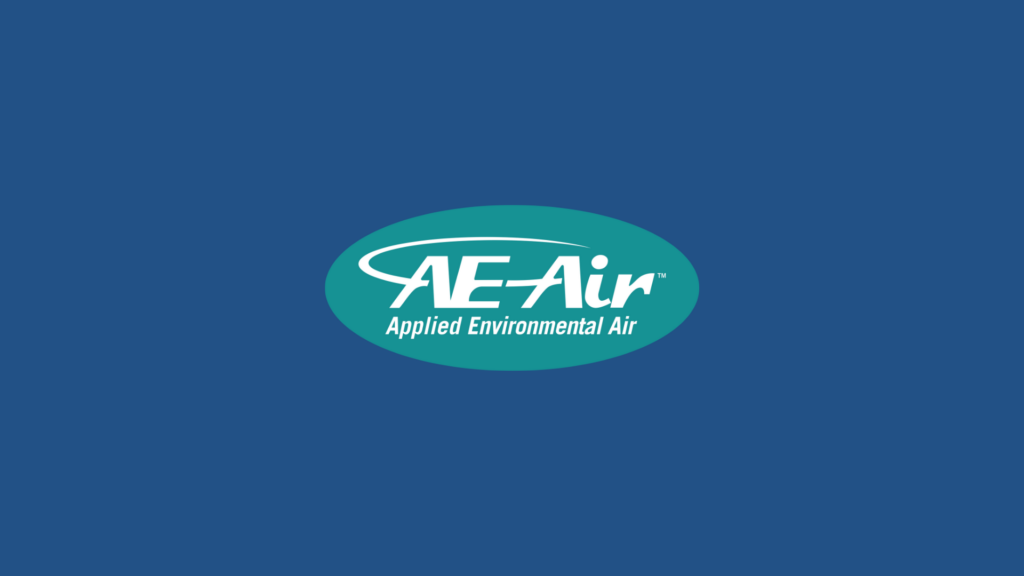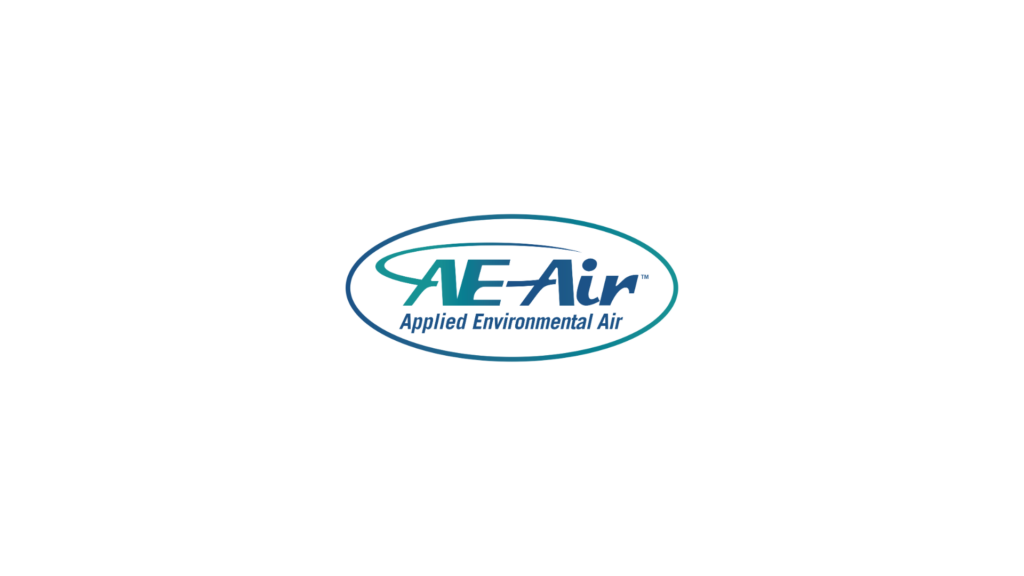Introduction
Modern buildings are increasingly relying on innovative HVAC designs to meet the demands of energy efficiency, sustainability, and advanced technology. These systems are not only crucial for maintaining comfortable indoor temperatures but also play a vital role in reducing environmental impact and operational costs. As buildings evolve, so must the systems that control their environments.
Energy-efficient HVAC systems are designed to minimize energy use while maximizing performance. Features like variable speed motors and high-efficiency compressors contribute to lower energy costs and a reduced carbon footprint. These designs not only benefit the environment but also provide significant savings for building owners over time.
The integration of smart technology into HVAC systems is another leap forward in modern building design. Smart thermostats and sensors allow for more precise control and monitoring of indoor climates. These technologies enable building managers to make real-time adjustments, improving both comfort and efficiency. Sustainable solutions, such as the use of renewable energy sources and eco-friendly refrigerants, further enhance the value and responsibility of modern HVAC systems.
By incorporating advanced HVAC designs, modern buildings can achieve a harmonious balance between comfort, efficiency, and sustainability. These innovations are paving the way for smarter, greener buildings that meet the needs of both occupants and the planet.
Energy-Efficient HVAC Systems
Features of Energy-Efficient HVAC Systems
Energy-efficient HVAC systems are designed with advanced features that minimize energy use while maximizing performance. One key feature is the variable-speed motor, which adjusts the airflow and ensures that the system operates only at the necessary level, thereby conserving energy. High-efficiency compressors also play a vital role; they use less energy to deliver the same amount of cooling or heating. Additionally, these systems often include programmable thermostats that can be set to maintain optimal temperatures based on occupancy patterns, reducing wasteful energy use.
Another important feature is zoning capability. This allows different areas of a building to be heated or cooled independently, based on their usage and occupancy. By focusing energy only where it is needed, these systems can offer significant energy savings. High-quality insulation and tightly sealed ductwork also contribute to the efficiency by ensuring that conditioned air reaches its destination without loss.
Benefits of Using Energy-Efficient Designs in Modern Buildings
Using energy-efficient HVAC designs in modern buildings offers numerous benefits. Firstly, they reduce energy consumption, which directly lowers utility bills. This financial saving is significant over the lifespan of the system. Moreover, these designs help reduce greenhouse gas emissions, making them an environmentally responsible choice.
Energy-efficient HVAC systems also enhance indoor comfort. Because these systems operate more precisely, they can maintain consistent temperatures and humidity levels, improving overall occupant comfort. Additionally, the reduced strain on the system components often results in lower maintenance costs and a longer system lifespan, offering both immediate and long-term savings.
Smart HVAC Technology
Integration of Smart Thermostats and Sensors
Smart HVAC technology includes the integration of smart thermostats and sensors, revolutionizing how building climates are controlled and monitored. Smart thermostats can be programmed to adjust temperatures automatically based on occupancy, time of day, and even weather conditions. These systems often connect to Wi-Fi, allowing remote control through smartphones or computers. This means building managers can make real-time adjustments from anywhere, ensuring optimal temperature settings at all times.
Sensors add another layer of intelligence by gathering data on room occupancy, humidity levels, and air quality. These sensors communicate with the HVAC system to adjust the airflow and temperature to maintain ideal conditions. For instance, if a room is unoccupied, the system can reduce energy use in that area, contributing to overall efficiency.
Advantages of Smart HVAC Systems for Building Management
Smart HVAC systems offer several advantages for building management. Firstly, they provide enhanced control and flexibility. Building managers can tailor climate settings more precisely to the needs of different areas within the building. This leads to improved comfort for occupants and greater energy efficiency.
Secondly, smart HVAC systems often come with advanced analytics capabilities. They can track energy usage, identify inefficiencies, and predict when maintenance is needed based on system performance. This predictive capability helps prevent breakdowns and extends the lifespan of the system.
Thirdly, these systems contribute to cost savings. By optimizing energy use and reducing waste, smart HVAC technology lowers utility bills. Furthermore, the ability to perform maintenance based on real-time data can minimize repair costs and equipment downtime. Overall, the adoption of smart HVAC technology is a prudent investment for modern buildings aiming to be more efficient and sustainable.
Sustainable and Eco-Friendly HVAC Solutions
Use of Renewable Energy Sources
Modern HVAC systems are increasingly incorporating renewable energy sources to reduce environmental impact. Solar-powered HVAC systems use photovoltaic panels to convert sunlight into electricity, which can power the entire heating and cooling system. This not only reduces energy costs, but it also cuts down on greenhouse gas emissions. Additionally, geothermal HVAC systems tap into the stable underground temperatures to provide heating and cooling. These systems are highly efficient and can significantly lower the energy use of a building over time.
Wind energy is another option being explored for HVAC systems. Though less common, wind turbines can generate electricity to power HVAC units, making it a viable option for locations with consistent wind patterns. By harnessing renewable energy, these systems contribute to a more sustainable future and reduce reliance on fossil fuels.
Eco-Friendly Refrigerants and Materials
Using eco-friendly refrigerants is another key aspect of sustainable HVAC solutions. Traditional refrigerants like R-22 are being phased out due to their harmful effects on the ozone layer. Modern systems now use refrigerants like R-410A and R-32, which have lower global warming potential and are more environmentally friendly. These refrigerants are also more efficient, helping to reduce energy consumption.
Additionally, sustainable HVAC systems incorporate materials that are less harmful to the environment. High-efficiency systems often use recycled metals and other sustainable materials in their construction. Proper recycling and disposal methods for old HVAC systems also help reduce the environmental footprint, making the entire lifecycle of the HVAC system more sustainable.
Advanced HVAC System Integration
Seamless Integration with Building Management Systems
Advanced HVAC systems are designed to seamlessly integrate with building management systems (BMS), providing a holistic approach to building climate control. This integration allows for centralized control and monitoring, simplifying the management of HVAC operations. By integrating with BMS, HVAC systems can communicate with other building systems like lighting, security, and fire safety. This ensures that all systems work together for optimal efficiency and performance.
Integration with BMS provides valuable data that can be used for analytics and predictive maintenance. Building managers can track system performance in real-time, identify potential issues before they become major problems, and adjust settings to optimize energy use. This level of control leads to better air quality, enhanced comfort, and reduced energy costs.
Customizable HVAC Solutions for Unique Architectural Designs
Every building has its unique architectural characteristics, and advanced HVAC systems offer customizable solutions to meet these specific demands. Tailored HVAC designs can accommodate varied layouts, sizes, and uses of different spaces within a building. For example, buildings with large open spaces, such as auditoriums or atriums, require different HVAC setups compared to small office spaces or residential units.
Customizable HVAC systems are designed to adapt to these unique architectural needs. They can include a combination of zoning, specialized ductwork, and bespoke delivery systems to ensure even distribution of air. This flexibility enhances comfort for occupants and improves the overall efficiency and effectiveness of the HVAC system.
Conclusion
Innovative HVAC designs are essential for modern buildings seeking to balance efficiency, sustainability, and advanced technology. Energy-efficient systems help reduce costs and environmental impact, while smart HVAC technology enhances control and monitoring capabilities. Sustainable solutions further demonstrate a commitment to eco-friendly practices by incorporating renewable energy sources and eco-friendly materials. Furthermore, advanced integration and customization ensure that HVAC systems meet the unique demands of different building structures, providing optimal performance and comfort.
At AE Air, we specialize in crafting meticulously engineered HVAC solutions that seamlessly integrate with modern architectural designs. Contact AE Air today to explore how our innovative HVAC for buildings can transform your environment.



